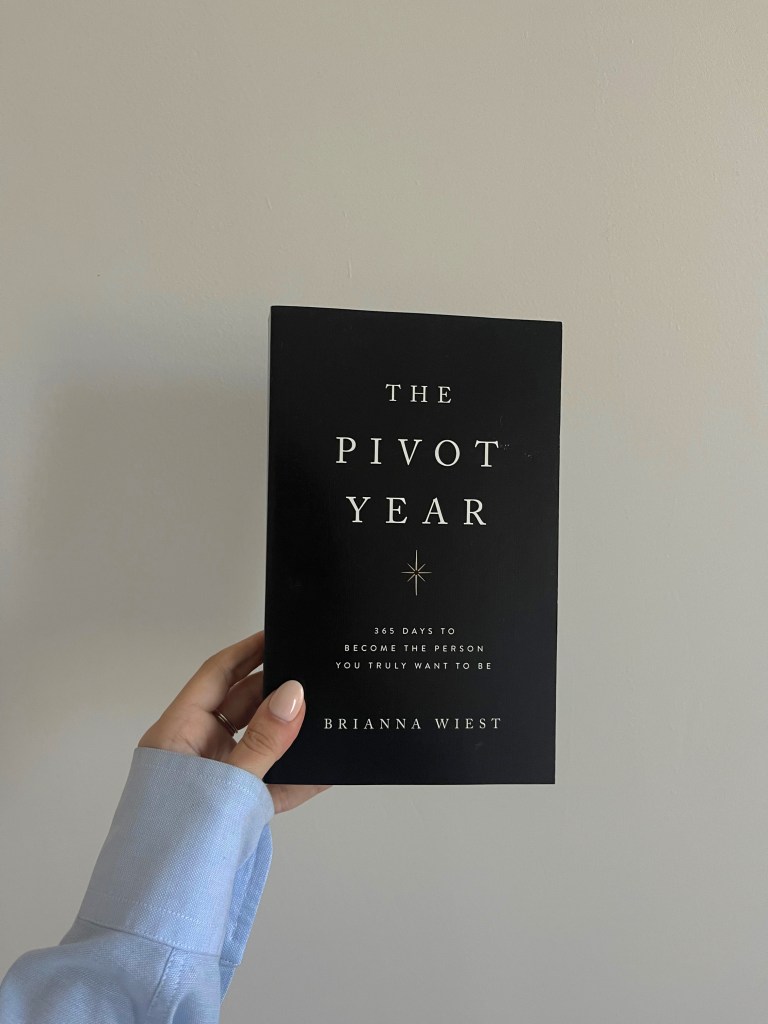Here’s How Overcoming Difficulties Actually Improves Your Life
There is no easy road where pain and stress melt away, where problems don’t exist. We have to make a decision and a choice daily to practice and work toward the outcomes we want in life.
By ![]() Mike Orsini
Mike Orsini
Ahhhh, the easy life. Wouldn’t it be great? Isn’t it our subconscious goal—maybe even our conscious goal—to get to the end of the hard road so that we can coast through life?
Isn’t that why millions of us buy lottery tickets each week? We imagine that with millions in our pockets, life can become one big permanent vacation. We can live on a beach somewhere, sit back, drink, tan, and bask in the glory of the easy life. We might even imagine we have the perfect body, with the perfect partner, perfect children, and perfect weather. Here, in this fantasy, there are no problems, only peace and beauty.
Okay, so you might be thinking, “Yeah, so? I don’t see the problem. Why are you trying to burst my bubble?”
What if I told you this aimless fantasizing is taking you further from what you want?
What’s the problem?
Do we fantasize about getting a break from our everyday life? We think a break would give us the reset we need. So we can come back to reality and settle back into our old routine and bear it all a little bit longer: the routine that is running us into the ground time and time again. Our routine that feels like it could run on autopilot. The routine where we feel like we are on autopilot.
If people were able to live this imaginary life, would our species have created anything of value? Would we have progressed to where we are today?
Absolutely not!
We may harbor this type of fantasy about life without being aware. If a part of us would prefer to escape our current circumstances instead of live through it, how does this affect our ability to be fully present? How does it affect our ability to have actual dreams and plans for our future and take action to follow through on them?
How does this hopeful fantasizing create barriers to getting present with reality and going after what we want?
The Road Ahead
There is no easy road where pain and stress melt away, where problems don’t exist. We have to make a decision and a choice daily to practice and work toward the outcomes we want in life. However, we don’t think (and I know I have been guilty of this) about how our daily habits have contributed to our current circumstances. Our current practices are the greatest contributor to where we are in our life right now. Unconsciously, we are inclined to, at times, overlook our contribution to the results we have in our lives. Facing this reality means getting real with ourselves. It means taking a good look in the mirror, taking responsibility for what we have worked to create, and then deciding we want something else. It will require work in the form of time and energy to produce a different result for ourselves.
The Setback
However, we lull ourselves back into hopeful fantasizing as a substitute for actual work. We become more happily unhappy going through the motions of life than actually taking our lives in a different direction. A direction that would require us to think, act, and be different. A direction that will require more focused work but a direction where we will ultimately find more fulfillment.
Most aspects of our lives are without a plan. As a result, there is no way to check in with ourselves and know whether or not our daily practices are leading us closer to or further from outcomes we supposedly want in our life. Life becomes a blur because we do not know the purpose of our routines and actions—we find ourselves on the rollercoaster of life, and we are just along for the ride.
“Hope is not a strategy.
Luck is not a factor.
Fear is not an option.” — James Cameron
We tend to lean in too heavily to these as elements of life when, in fact, we’ve just created them to keep us where we are: safe, uncomfortably comfortable, and within our zone of familiarity.
The Struggle Forward
“If there is no struggle, there is no progress.” — Frederick Douglass
Struggle allows us to improve. There has to be the right mixture of struggle and reward to improve. Take, for example, weight lifting. When we are lifting weights, we are creating microtears in our muscle fibers. In turn, this will increase blood flow and nutrition to help our muscles recover. In recovery, our musculature will grow and become stronger. So through physical challenges, we can grow and progress.
Our brains are no different. Although we are not lifting weights with our brains, it can certainly feel like we are when trying new things—for example, learning a language, going for a run, or reading 30 minutes a day. For some, these tasks might be easy; others may find 30 minutes of reading a struggle. New tasks create struggle and tension. However, we must recognize them as opportunities for growth. We stretch our current abilities with practice and our mind and body will adapt to our new practices. The struggle will improve our learning potential if we keep practicing.
Neuroplasticity is a term that describes the ability of the brain to adapt and wire itself according to experiences. Historically, neuroplasticity was thought only to play a role in childhood. However, it is now known to play a role in adult learning and throughout the human lifespan. Time and practice will be required to create new neural pathways and solidify new habits.
So What Now?
How will we accomplish what we want?
We need to stretch ourselves to grow. We need to challenge ourselves and struggle through it. We need to expand the boundaries within which we’ve been living, to think of ourselves as beings who can do and accomplish more in and with our lives. Hope can be helpful, but it is not actionable, and what we need more of in our lives are actionable items, practices, strategies, and plans where we are working toward a specific goal or result that we want for our lives.
We need to be willing to put ourselves in situations, as someone would with weight lifting, where work’s required. We need to push past our limits, our comfort zones, and our typical habits and routines.
We also need to give ourselves and our goals time. Things do not happen immediately. Just as a weightlifter requires consistent practice and time to increase muscle mass and lift more, our goals need the same thing.
We need to fall in love with the process. The outcome is something to shoot for; it gives us direction. However, once we reach a goal or destination, we do not stop there. We keep going because there is always more to learn and discover.
The Shift
“Life is a journey, not a destination.” — Ralph Waldo Emerson
Hope is a blurry thing to focus on: there’s no substance to it. Our focus needs to shift to something tangible; a goal gives us something to work toward, which gives us a path to follow. You have to be able to cut out the noise and focus on the task at hand.
Life is a practice that will require our time and energy input. With new perspectives, we can arm ourselves with insight into how we can approach our current circumstances. We can view our lives more broadly and see how our beliefs and habits have shaped our lives. The point is not the insight someone might provide a person with but the reflection a person does with that insight and how they decide to implement it in their own lives.





